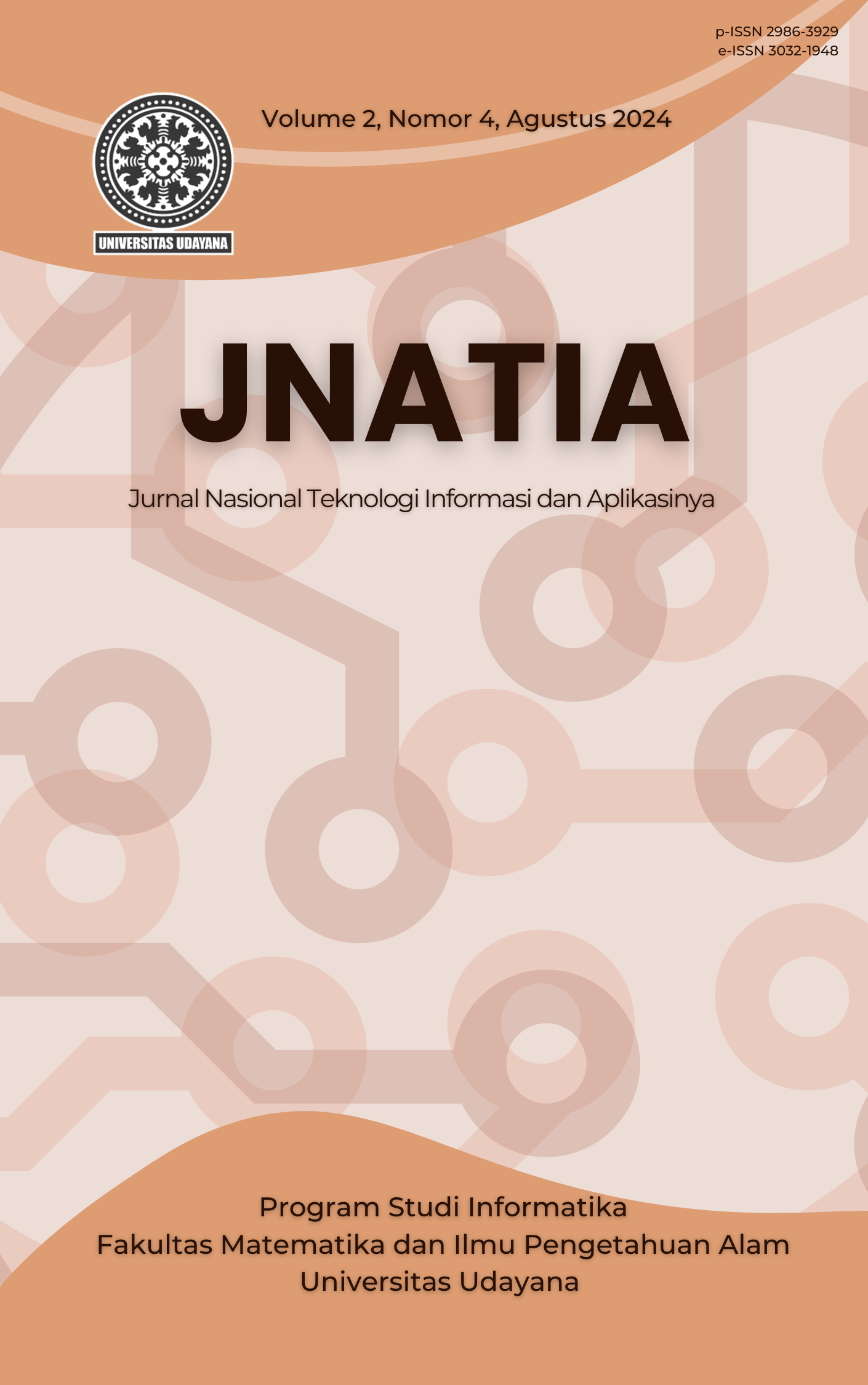Perancangan UI/UX pada Aplikasi Rental Kendaraan dengan Menggunakan Metode Design Thinking
Bahasa Indonesia
Abstract
The rapid development of technology has transformed the way humans interact, work, and learn. Technology has become a crucial aspect of various aspects of life, including education, business, and public interaction. In this digital era, the speed and affordability of information have become the key to progress. One example of the use of technology is in the field of transportation, especially vehicle rental. The vehicle rental application is an efficient solution to facilitate users in renting vehicles without having to come directly to the rental place. The addition of the ride feature allows users to conveniently travel by matching routes between users and drivers, thereby optimizing their trips. In this context, the design of the user interface and user experience (UI/UX) of the vehicle rental application is of paramount importance. A well-designed UI/UX will facilitate the rental process and enhance the user experience, making it more enjoyable and efficient. Consequently, technology offers a significant opportunity to enhance efficiency and convenience in various aspects of daily life.




